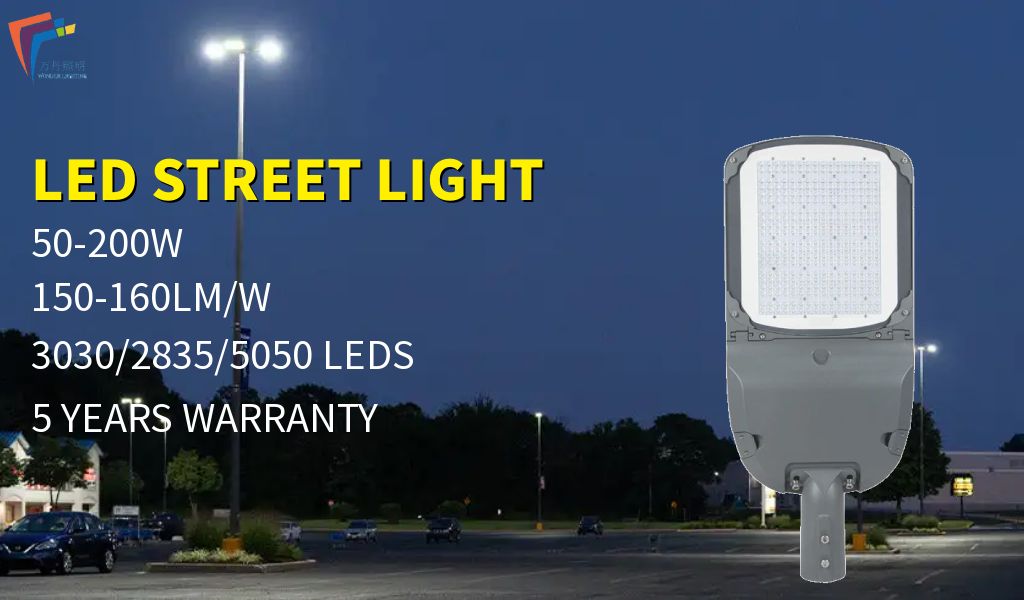There are typically three main installation angles for streetlights: vertical, inclined, and horizontal. Each angle serves a specific purpose and has its own set of advantages and considerations. Here is an overview of the different installation angles, their differences, and factors to consider when choosing the appropriate installation angle for streetlights:
1. Vertical Installation:
– In vertical installation, streetlights are mounted perpendicular to the ground, pointing straight down.
– This installation angle provides direct downward illumination, making it suitable for lighting sidewalks, pedestrian pathways, parking lots, and other areas where vertical light distribution is important.
– Vertical installation minimizes glare and light spillage onto adjacent properties, promoting energy efficiency and minimizing light pollution.
2. Inclined Installation:
– In inclined installation, streetlights are mounted at an angle between vertical and horizontal, directing light both downward and outward.
– This installation angle is often used for illuminating roadways, intersections, and outdoor spaces where a combination of vertical and horizontal light distribution is required.
– Inclined installation helps improve visibility, reduce shadows, and enhance safety for motorists and pedestrians by providing wider coverage and better light uniformity along the ground.
3. Horizontal Installation:
– In horizontal installation, streetlights are mounted parallel to the ground, directing light primarily outward.
– This installation angle is ideal for lighting large open areas, such as sports fields, parks, plazas, and outdoor recreational facilities that require broad, uniform illumination.
– Horizontal installation is effective in minimizing obstructions and maximizing light coverage across expansive outdoor spaces, enhancing visibility and security for users.
Factors to Consider when Choosing Installation Angle:
1. Lighting Requirements:
– Consider the specific lighting requirements of the area, such as the type of road or space to be illuminated, the desired light distribution pattern, and the level of brightness needed for safety and visibility.
2. Light Distribution:
– Determine whether vertical, inclined, or horizontal light distribution is more suitable based on the layout of the site, the presence of obstacles, and the need for uniform coverage.
3. Glare Control:
– Evaluate the potential for glare, light spillage, and light trespass to minimize light pollution, enhance visual comfort, and comply with lighting regulations and standards.
4. Aesthetics and Design:
– Take into account the aesthetic appeal, architectural integration, and overall design considerations when selecting the installation angle to ensure that the streetlights blend harmoniously with the surrounding environment.
5. Energy Efficiency:
– Opt for installation angles that maximize energy efficiency by directing light where it is needed most, reducing unnecessary light wastage, and optimizing the performance of the streetlighting system.
By carefully considering the lighting requirements, light distribution patterns, glare control, aesthetics, and energy efficiency factors, you can choose the most appropriate installation angle for streetlights to achieve optimal visibility, safety, and functionality in outdoor lighting applications.


